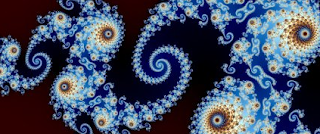APRIL is Mathematics and Statistics Awareness Month
AND
National Poetry Month!
Celebrate with a MATHY POEM, found here in this blog! Scroll down!
AND
National Poetry Month!
Celebrate with a MATHY POEM, found here in this blog! Scroll down!
If you are looking for mathy poems on a particular topic, the SEARCH box in the right-column may help you find them. For example, here is a link to posts found when I searched using the term "parallel." And here are posts that include the term "angle." To find a list of additional useful search terms, scroll down the right-hand column.
For your browsing pleasure, here are the titles and dates of previous blog postings,
moving backward from the present. Enjoy!
Mar 31 Math and poetry in filmMar 28 Split this Rock, Freedom Plow Award, April 21
Mar 27 Math-themed poems at Poets.org
Mar 23 Remember Emmy Noether!






